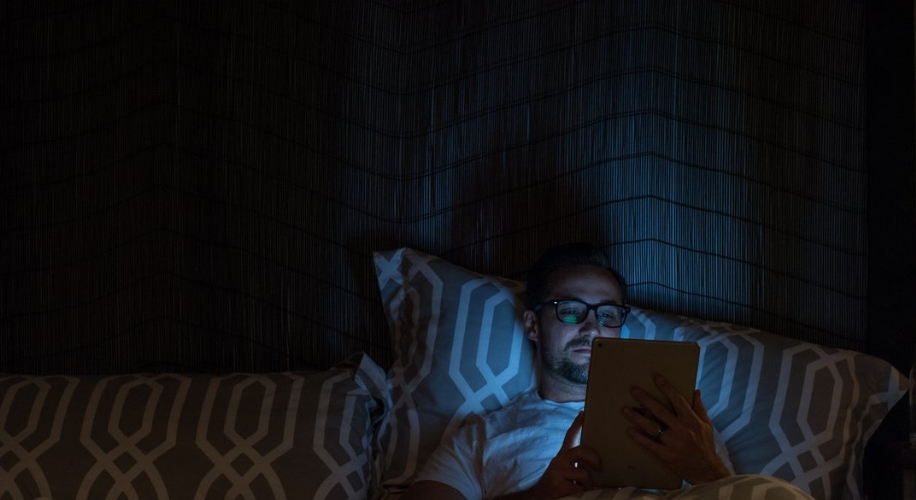Importance of Taking Breaks to Refresh Your Vision
 Preserving the health of our eyes is vital to maintaining quality of life and productivity. Taking breaks is not just a good practice for physical and mental well-being, but it’s also crucial for preventing digital eye strain, also known as computer vision syndrome. With many of us spending countless hours in front of digital screens, it’s important to remember to give our eyes a rest.
Preserving the health of our eyes is vital to maintaining quality of life and productivity. Taking breaks is not just a good practice for physical and mental well-being, but it’s also crucial for preventing digital eye strain, also known as computer vision syndrome. With many of us spending countless hours in front of digital screens, it’s important to remember to give our eyes a rest.
 The Aspects of Eye Strain
The Aspects of Eye Strain
Our eyes are not designed for prolonged focus on digital screens. The blue light emitted from screens, coupled with the need to maintain constant focus on close-up content, may lead to discomfort and strain. Here are some aspects of digital screens that can impact our vision:
- Blue Light Exposure: Prolonged exposure to blue light can lead to eye discomfort and affect sleep patterns. Utilizing Blue Blokz lenses can help mitigate this effect.
- Constant Focus: Staring at a screen requires our eyes to focus and refocus constantly, which can tire the eyes more quickly.
- Reduced Blinking: When concentrating on screens, we tend to blink less, potentially leading to dry eyes.
 Balancing Work and Eye Health
Balancing Work and Eye Health
Incorporating regular breaks into your routine can help counteract the effects of digital eye strain. The 20-20-20 rule is a simple yet effective method. Every 20 minutes, take a 20-second break to look at something 20 feet away. This practice helps to relax the focusing muscle inside the eye and reduce fatigue. Additionally, ensuring that your work environment is ergonomically supportive can prevent unnecessary strain. Proper lighting, screen distance, and seating can all contribute to a healthier vision.
 Benefits of Taking Breaks
Benefits of Taking Breaks
Beyond mitigating eye strain, there are several other benefits to taking regular breaks throughout the day:
- Increased Productivity: Short breaks can help maintain a consistent level of performance; without rest, performance levels drop over time.
- Enhanced Creativity: A break can serve as a cognitive reset, often leading to fresh ideas and perspectives when you return to your task.
- Stress Reduction: Stepping away from a demanding task can reduce stress and anxiety levels, contributing to overall well-being.
- Physical Activity: Using break time to move around can help reduce the risk of physical ailments associated with prolonged sitting.
Integrating Breaks Into Your Routine
If you’re finding it hard to remember to take breaks, consider setting a timer as a reminder. For those with busy schedules, combining breaks with a physical activity, like walking or stretching, can make them more of a priority. Also, adopting habits like blinking more often and ensuring you are wearing the correct prescription if needed are simple ways to care for your eyes. If you’re due for a new pair of glasses, consider exploring affordable lens options that can include features such as blue light blocking or anti-reflective coatings.
Final Thoughts
It’s clear that taking regular breaks is not just beneficial but essential for maintaining eye health in the digital age. By understanding the risks associated with prolonged screen time and implementing strategies to mitigate these effects, we can protect our vision and enhance our overall productivity and well-being. Remember, your eyes are precious, and a few simple habits can go a long way in keeping your vision clear and comfortable. Visit Zenni Optical to explore options for the latest glasses that help protect your eyes and enhance your style.
About the Author: Dr. Sophia Moh, OD, ABOC
Dr. Sophia Moh, OD, is an optometrist based in the Bay Area, California. She holds a doctorate from UC Berkeley School of Optometry and has worked in various eye care settings, including primary care optometry, general ophthalmology, community health clinics, and Veterans Affairs. Dr. Moh is dedicated to improving global vision health by making high-quality, affordable eyewear accessible to all. She is also a certified American Board Optician (ABO) and actively contributes to optical education through training and lectures.


 Canada
Canada